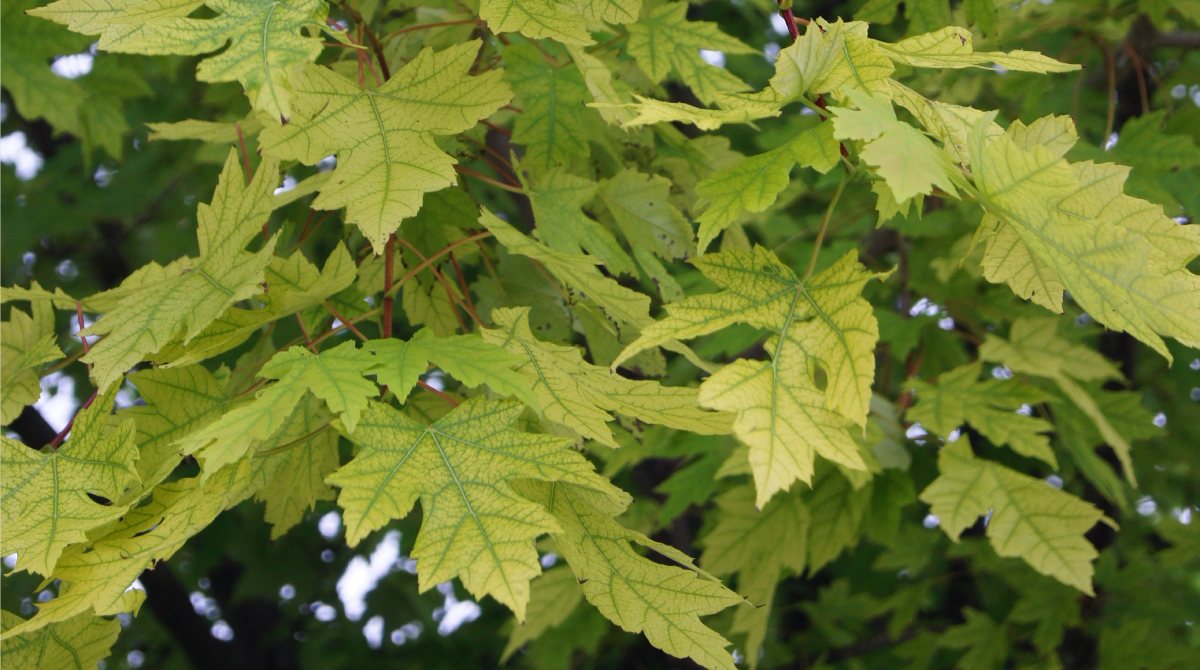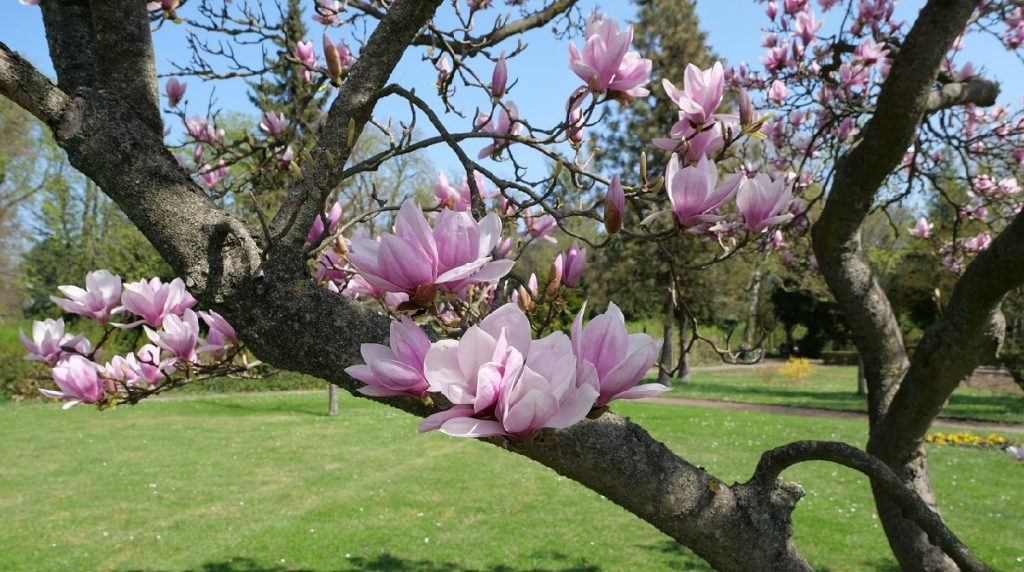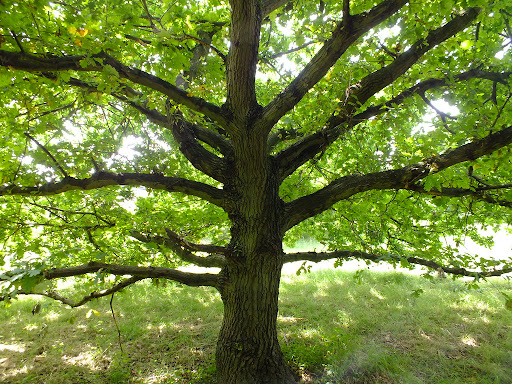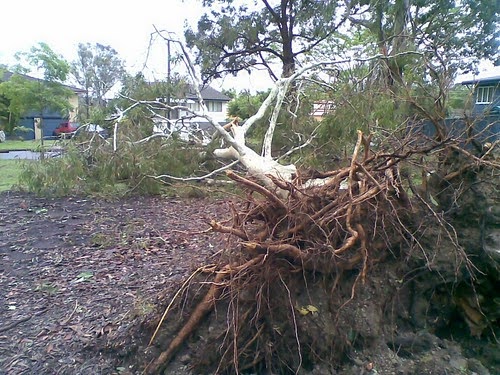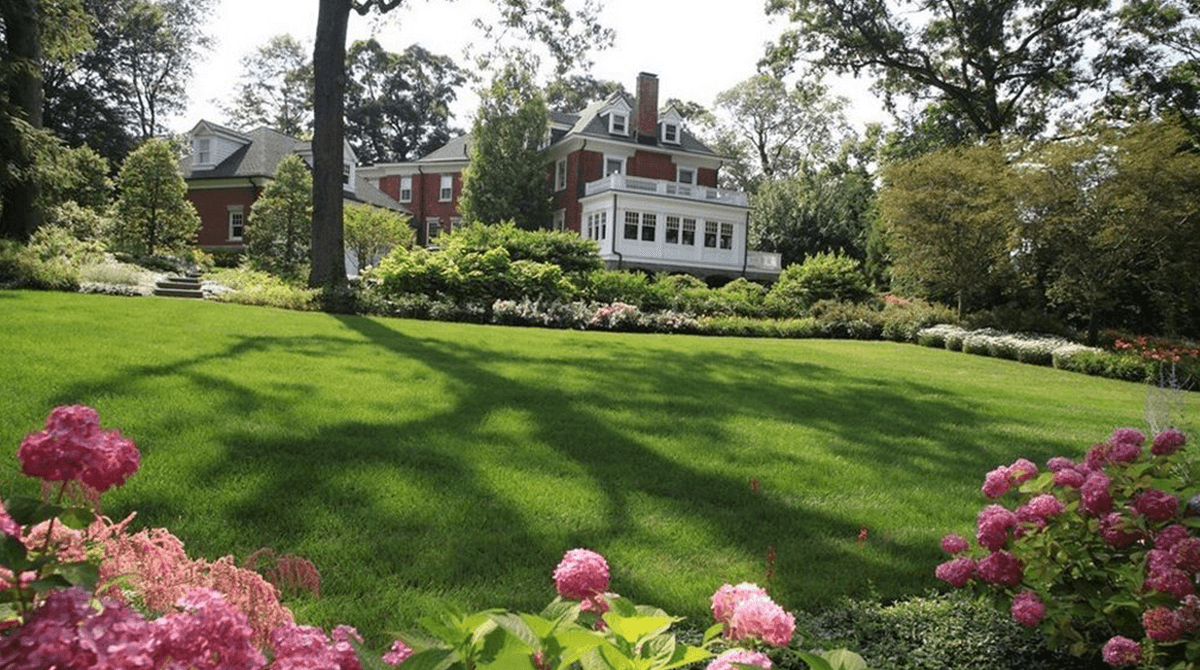
A Seasonal Guide: Spring Lawn and Landscape Care
Date May 06, 2021
Category
Now is the perfect time to get outside and get your hands dirty taking care of your yard. During the growing season, our trees and shrubs need a little extra spring landscape maintenance to clean up after winter and prepare them for the harsh summer weather ahead. If you’re unsure where to start with your spring lawn care, here’s our seasonal guide to spring lawn preparation and spring landscape care.
Start with spring cleanup.
The best place to start with your landscaping in spring is with a little spring cleaning. First, clear away any leftover debris from the winter. It’s important to dispose of any materials that could be harboring diseases or pests from the year before by getting rid of fallen branches, leaves, and other debris. Spring is also a good time to consider applying preventative weed control in your lawn and flower beds.
Assess your trees and shrubs for damage
Another important task for lawn care in spring is to check your trees and shrubs for winter damage. By now, most — if not all — of your trees and shrubs should have leafed out for the year. That gives you a chance to assess their healthfully. If you notice a few dead leaves or even a couple of dead branches, there’s probably no need to worry. That happens even on healthy trees and shrubs. However, if a large percentage of your tree’s leaves are discolored, dying, or dead, you should call a certified arborist immediately. You should also check for any external damage, such as broken or damaged branches, cracks in the trunks, or missing patches of bark. If you notice any of these signs, TreeNewal’s tree doctors can visit your property to make an assessment and determine a customized tree care plan.
Monitor for spring pests and diseases
Spring tree care includes monitoring your trees and shrubs throughout the season for pests and diseases. Some pests and diseases overwinter in trees and reinfect the tree or shrub in early spring. If that’s the case, you’ll see signs as soon as your trees and shrubs begin to leaf out or bloom. However, the symptoms might not get serious until later in the year. You must call a certified arborist immediately if you notice any signs of pests, disease, fungus, or other ailments. Many pests, like beetles and aphids, are visible to the naked eye. It would help if you also were on the lookout for eggs and larvae. Some pests create the entrance and exit tunnels in the trunk, so routinely check your tree for those. Also, take note if you see discolored, spotted, or malformed leaves.
Trimming and pruning
Most trees and shrubs can be trimmed and pruned throughout the spring in North Texas. However, a few shouldn’t be — most notably Oak trees because spring is peak Oak Wilt season, and the wounds make them vulnerable to attack. Do a little research about your specific trees and shrubs to determine the best time of the year for trimming and pruning. If you decide to give your trees trim, here are some tips to keep in mind. Young trees under ten years of age need yearly structural pruning, but the tree needs to be established for a few years before structurally prune. It is a prolonged process, and you may only need to prune a few limbs each year. Be careful not to prune the tree into a “V” shape. Instead, there needs to be a central leader branch with scaffolding limbs. However, that depends on the structure of each tree. It’s best to work with a professional for the structural pruning of your young tree to give it the best start possible. Mature trees only need to be pruned once every few years. However, it would help if you trimmed off damaged or dead branches on any tree, no matter the age. When you prune your tree, use the collar cut, which leaves the swollen part of the tree, instead of the flush cut, which cuts the branch as close to the tree as possible. Pruning is a tricky task that’s best left to professionals, so consider working with one of TreeNewal’s tree surgeons for this part of your spring tree maintenance.
Soil testing and conditioning
Spring is a great time to check the condition of your soil and fertilize your landscape. It is possible to over-fertilize your soil, so you need to do a soil test to check your soil’s condition and determine if and how to amend it. Reach out to an accredited soil testing laboratory or extension service to get instructions for performing a soil test. Or hire a certified arborist to examine your soil and recommend the best soil health plan for your specific property, soil type, drainage conditions, and trees. Reach out to TreeNewal for an appointment; our ISA Certified Arborists are happy to assist you.
Mulch your beds, trees, and shrubs
Once you’ve conditioned your soil, you’ll want to add a layer of mulch to your flower beds and around your trees and shrubs to seal the deal. Adding a fresh layer of mulch in the spring keeps moisture and nutrients in the soil for longer. It also helps keep the soil cool, which will really come in handy when the summer heat and drought-hit in a couple of months. Mulching isn’t difficult, but it can be done improperly, and incorrect mulching can cause many problems. Just spread a layer of mulch about two inches thick. If it’s too thick, it could keep oxygen from reaching the soil and choke your plants. Also, keep the mulch a few inches away from the base of your trees and shrubs.
Monitor weather events, water when needed
Like most places, spring is the season when North Texas gets the most precipitation, so there’s a good chance that you won’t need to water your trees or shrubs during the spring. However, it is important for you to monitor the weather events in your area and plan to water your landscape if needed, especially if you have young trees or shrubs. As a general rule, you will need to keep the soil moist but not water-logged. This is where understanding your property’s drainage conditions come in handy. If your soil drains quickly, it will require more frequent watering. To check the drainage, check the soil at six inches below the surface and water when it’s dry. Don’t do any supplemental watering during a week of heavy rainfall, and be wary of sitting water and waterlogged soil as over-watering can also kill young trees and shrubs.
Inspect your irrigation system
While you’re outside taking care of your yard, please take a few minutes to turn on your irrigation system and make sure it’s in working order. Even if you don’t need to use it much in the spring, you’ll be glad you checked it later this summer.
TreeNewal’s ISA Certified Arborists are here to help!
If you have questions about spring tree care and you’ve been Googling “tree doctors near me” to find some answers, you’ve landed in the right place! We offer a full range of spring tree services. TreeNewal is a certified arborist tree service with multiple ISA Certified Arborists on staff and a team of highly qualified tree care experts. If you need professional tree care, our tree doctors in Dallas are the best in the business. They can make knowledgeable recommendations for optimizing your tree’s health. We care about tree health care at all stages of the tree life cycle. We are experts on both young and mature trees, and we offer a variety of expert tree care services, such as tree planting, tree trimming, tree pruning, pest and disease control, root aeration, and tree removal. For more information about our tree care services, go to our website at treenewal.com. To set up an appointment, call us at tel:(817) 592-6846.
To learn more about A Seasonal Guide: Spring Lawn and Landscape Care, call our Argyle and Southlake-based teams
at tel:(817) 592-6846 or send us a message.
We’re a little different than the average tree services company.
Learn more about TreeNewal’s ISA Certified Arborists!
Our Dallas/Fort Worth-based tree doctors can explain how sustainable tree care services add more value to your bottom line.
Healthy trees, healthy lives.
